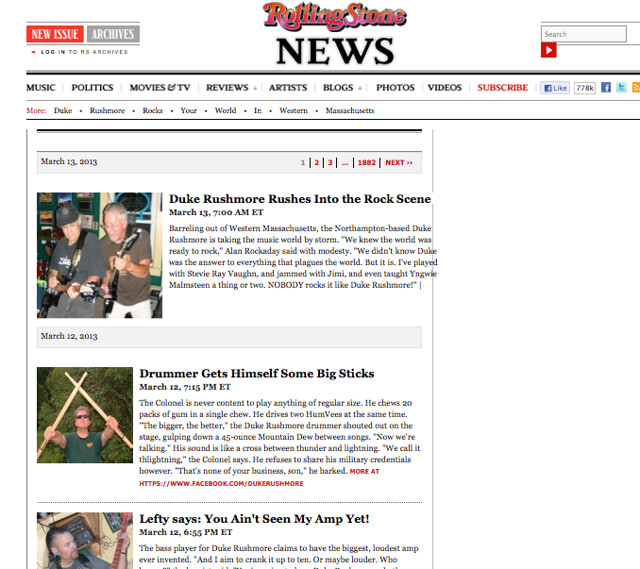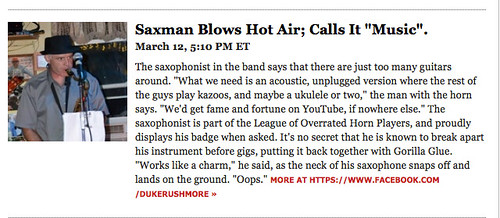A few years ago, our principal hired a web designer to work on our school’s website. What came out of that venture was one of the annoying school websites I have seen, and it has driven me crazy for years. I get what the guy was trying to do: create a site that was kid-friendly. What he created was a mess of colors and images that are a prime example of what you should NOT do when designing a site for an organization.
See what I mean:
Among the most glaring deficiencies, in my mind, is the lack of audience. He built this for the kids. He should have built it for the parents. Students almost never have reason to visit the school website, except for the summer, when they are trying to get a glimpse of what is in store for the year ahead.
No, school websites are for parents, and the old design was the worst possible message to parents. I lobbied hard over the years to our principal, who admitted the web designer came cheap. (I won’t even go into the designer’s claim that teachers could easily update new content for their pages … if you know HTML … we might agree that some knowledge of HTML is good — see Paul Oh’s piece over at The Digital Shift — but the reality is that few teachers know what HTML is, never mind what it does.)
So, I was pleased as punch this week when our school’s website got a complete overhaul and now looks more professional than ever. It’s not perfect but at least it has potential. I don’t look at it and want to shoot the screen, as I often did with the old animal-themed one. And the audience has shifted back to parents.
Now, if we can just get classroom teachers to move on beyond using Teacher Class Pages (which reflects the early 1990s in their feel) and into the 2010s …. (actually, my colleague Gail Poulin has been doing just that, teaching a group about how to use a WordPress blog for their class site.) And maybe updating news from last year is a good start, too.
🙂
Peace (in the site and in my sight),
Kevin






